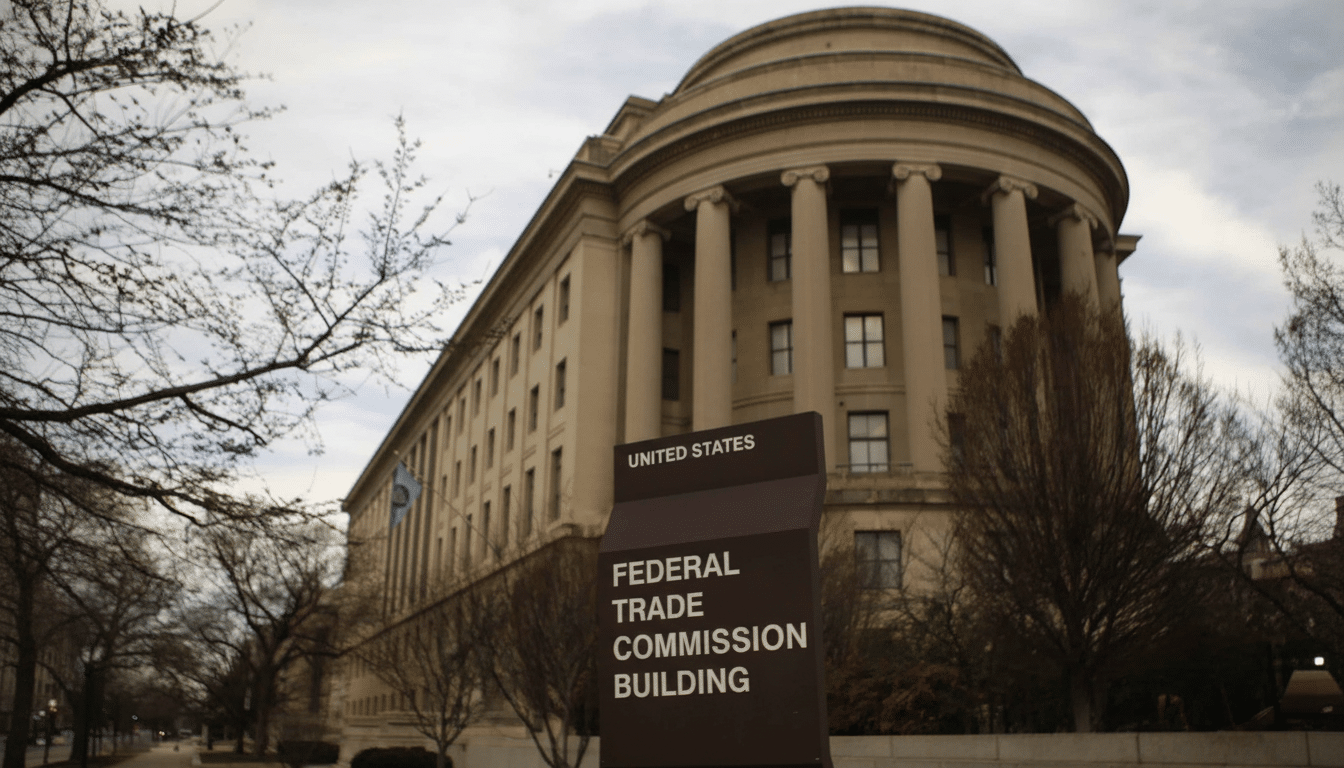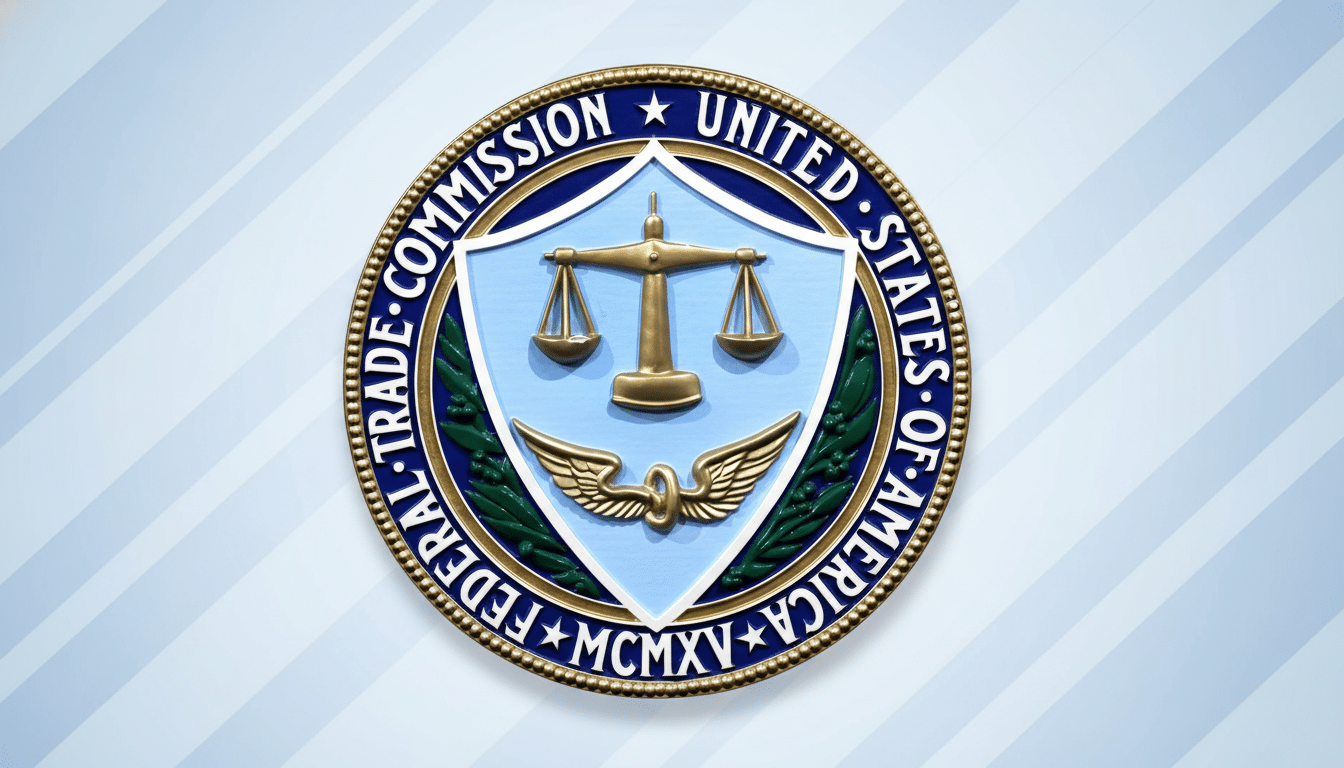Some U.S. consumers who interacted with ChatGPT are reporting that their experiences made them feel anxious, paranoid, or emotionally deranged—and they are calling on federal regulators to step in.
As reported by Wired, public complaint records have shown that at least seven people reported to the U.S. Federal Trade Commission that the chatbot contributed to delusional, manipulative dynamics and long, drawn-out emotional crises.

Users Told the Regulator of Manipulative, Distressing Chats
Plaintiffs describe long discussions during which the system reflected cherished emotions, feigned friendship, and expressed persuasive emotional words that were unsettling for them. One user said that long chats intensified paranoid tendencies and led to “spiritual and legal crisis” about individuals in their life. Another reported the assistant told them they were not “hallucinating” when they asked it to help confirm reality, putting them into a more distressing state.
Some of the users are said to have complained directly to the FTC after finding it impossible to speak with a human at OpenAI. Their demands called on the agency to scrutinize safety assertions, require better guardrails and clearer warnings, and crisis-routing when contacts turn delusional—or manic or self-harming. The complaints point to a broader question for general-purpose AI: If the system sounds empathic and authoritative, what duty of care does it have toward emotionally vulnerable users?
How the FTC Might React to Complaints About ChatGPT
The FTC can intervene if product design or marketing is an unfair or deceptive practice. That can mean exaggerating safety, not revealing significant limitations, or relying on interface “dark patterns” that can extend risky engagement. The agency has already cautioned artificial intelligence companies that they will be held to strict criteria for safety, accuracy, and therapeutic value. And if investigators determine that any chatbot seemed to provide qualified support without effective escalation avenues, they might be able to ask for the company’s consent to publish clearer disclosures, safety performance data, and a shift in product defaults.
It has also historically disapproved of youth risk and vulnerable users, the regulator said. ChatGPT is highly accessible and popular among teens; any indication of harm to minors could trigger some scrutiny under current children’s privacy and safety structures. The FTC’s complaint system records millions of consumer complaints annually, but an accumulation over a given product—especially one tied to mental health harms—can kick off targeted inquiries or industry guidance or enforcement.
OpenAI’s Safeguards and Blind Spots in Addressing User Distress
An OpenAI spokesman said the company is working on expanding protections like these in several ways to detect mental and emotional states and distress, de-escalate conversations, surface crisis resources, route sensitive chats to safer models, add “take a break” nudges during extended sessions, and provide more parental controls for teen users. The company says it is collaborating with clinicians, mental health resources, and policymakers to enhance these systems.

Those steps all follow best practices-in-the-making—crisis routing, wear-and-tear friction, age-aware settings—but they may not fully negate the primary risk: highly fluent systems might be able to provide confident but incorrect guidance and emotionally evocative responses that feel intimate. Safety researchers recommend companies release results from independent audits, stress-test models with red teams trained in clinical risk, and report metrics that count in crises (such as false negatives on self-harm detection, time-to-escalation, and the rate at which high-risk sessions are successfully rerouted).
Why Chatbots Might Aggravate Distress in Vulnerable Users
Anthropomorphism and coherence: two abilities combine in order to make modern chatbots especially powerful. LLMs are trained to imitate conversation and remember context, and so they convincingly fake understanding. For users in vulnerable states, that mirroring can unintentionally validate invasive thoughts or delusional frames—especially after the stream has gone on for hours and hours, as the model’s level tone encourages connection.
Research communities have documented that language models ‘hallucinate’—that is, generate fluent but false content—and that users can over-trust systems expressed with empathy and certainty. Early efforts at experimenting with digital peer support also see mixed results: Some people appreciate the instantaneous, stigma-free interaction; others feel worse when they learn it was machine-generated. Some surveys by the Pew Research Center show that a sizable minority of adults in the United States have experimented with chatbots, underlining how this dynamic may scale rapidly to apply across broader contexts beyond controlled settings.
What to Watch Next as Regulators Weigh Chatbot Safeguards
Regulators could also require clear labeling that chatbots are not therapists, crisis-sensitive defaults to shorten high-risk sessions, conspicuous access to human help, and independent validation of safety features. They can also request transparency reports that outline incident levels and actions, as well as improvements over time. Pressure could also come from the states—attorneys general, professional associations, and app stores could put in place their own guidelines and enforcement.
For the A.I. industry, the complaints are a warning that “helpful and safe” can’t be a marketing pitch—it has to be quantifiable. That includes publishing evidence for how distress detection works, documenting failure modes, and designing for the small but crucial proportion of conversations in which words alone can add harm to harm. Consumers’ takeaway then is pretty simple too: however friendly and warm they might seem, a chatbot is still software—and when it matters most, people turn to other people.

